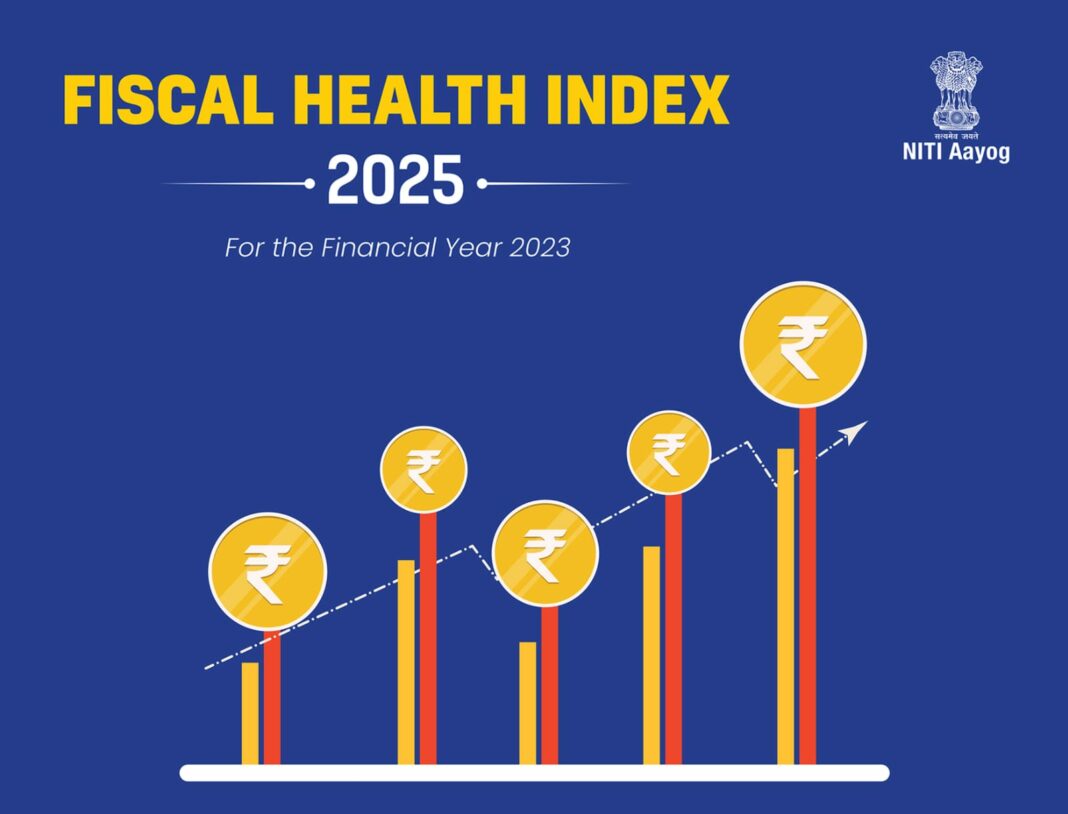Asset Reconstruction Companies (ARCs)
Guidelines for Asset Reconstruction Companies (ARCs) by the Reserve Bank of India (RBI)
The Reserve Bank of India (RBI) has recently revised its guidelines for Asset Reconstruction Companies (ARCs). The primary aim of ARCs is to work towards the reconstruction of non-performing assets (NPAs) in the banking sector and maintain financial stability. The resolution of NPAs by ARCs helps reduce financial crises for banks, which results in improvements within the banking system.
Function and Importance of ARCs:
An ARC is a specialized company that buys non-performing assets (NPAs) or distressed loans from banks and financial institutions and works towards their reconstruction. By reconstructing these NPAs, ARCs aim to improve the value of the assets and facilitate the loan repayment process. This helps banks recover from financial crises and stabilize their balance sheets.
Objectives of RBI’s Revised Guidelines:
- Transparency and Stability in Operations: RBI has revised the guidelines to ensure transparency and stability in the operations of ARCs. This will build trust among investors and other financial institutions and strengthen the Indian banking system.
- Simplification of the Reconstruction Process: The revised guidelines aim to simplify and make the reconstruction process more effective. This will allow ARCs to adopt new methods for resolving NPAs and enable timely solutions.
- Better Utilization of Resources: The revised guidelines provide guidance on better utilization of resources by ARCs. This includes utilizing more financial instruments, obtaining financial assistance, and attracting investors. This will ensure the maximum use of available financial resources in the banking system.
- Strengthening the Regulatory Framework: The new guidelines take steps towards creating a stronger regulatory framework for ARCs. This will tighten the monitoring process of ARC activities, ensuring they act responsibly.
- Quality Reconstruction: Improvements have been made to ensure that the reconstruction process is conducted with quality and discipline. This will lead to improvements in loan recovery for banks and financial institutions.
Key Aspects of the Revised Guidelines:
- Methods of Acquiring NPAs: Under the revised guidelines, ARCs will have greater freedom to purchase a higher volume of NPAs. This will enhance their capacity and enable them to buy distressed loans more rapidly from banks.
- Latest Reconstruction Processes: According to the new guidelines, ARCs will be able to implement the reconstruction process in a more flexible and effective manner. It will also allow them to use additional financial instruments, such as increasing investor participation rather than just relying on loans.
- Reconstruction of Assets: ARCs will now need to create a detailed and efficient plan for asset reconstruction. This plan will focus on taking concrete steps to restore the value of the assets.
- Enforcement and Monitoring: Under the new guidelines, RBI will regularly monitor the activities of ARCs. This will ensure that ARCs maintain discipline in their work and fulfill their role in improving the banking sector.
Relation Between the SARFAESI Act and the Revised RBI Guidelines:
- Improvement in the Regulatory Framework: The revised RBI guidelines aim to bring transparency in the operations and processes of ARCs. Through this, ARCs will follow a more responsible process for debt recovery, in line with the rights and responsibilities laid out in the SARFAESI Act.
- Expedited Asset Recovery: Under the SARFAESI Act, ARCs have the authority to seize and sell assets, ensuring timely and effective solutions. The revised guidelines provide ARCs with more resources and flexibility for this process.
- Transparency and Monitoring: The revised guidelines strengthen the monitoring and control of ARC activities, ensuring greater transparency and responsibility in asset recovery under the SARFAESI Act.
- Use of New Financial Instruments: The revised guidelines allow ARCs to utilize new financial instruments, such as using additional financial tools for better reconstruction plans. This can make the asset recovery and reconstruction process more effective under the SARFAESI Act.
Benefits of RBI’s Measures:
- Improvement in the Banking System: As a result of the revised guidelines, banks will have more time and resources to address NPAs. This will promote stability and growth in the banking system.
- Economic Benefits: When ARCs are capable of resolving distressed loans for banks and financial institutions, it will have a positive impact on the Indian economy. Improvements in banks will generate new opportunities for financial institutions and accelerate economic growth.
- Increased Investor Confidence: By improving transparency, stability, and the use of technology, ARCs’ operations will improve, leading to increased investor confidence. This will attract both domestic and foreign investment in the country.
- Resolution of Non-Performing Assets: A more effective resolution of NPAs will be possible with ARCs. This will reduce the NPAs of banks and strengthen their balance sheets.
- New Business Opportunities: The new policies will create new business opportunities for ARCs. This will not only affect banks but also influence commercial sectors across the country.
Potential Challenges:
- Accurate Asset Valuation: ARCs may face challenges in accurately valuing distressed assets. Without proper valuation, reconstruction could become difficult.
- Cooperation from Banks: ARCs will need to work in coordination with banks to ensure full cooperation from banking institutions.
- Need for Further Improvements in the Regulatory Framework: While RBI has made improvements, further steps may be required to ensure that ARC activities are effectively monitored and that they fulfill their responsibilities.
Conclusion:
The revision of guidelines for Asset Reconstruction Companies (ARCs) by the RBI is an important step for the Indian banking system. It will simplify the resolution of non-performing assets, which will help strengthen the financial situation of banks. While there may be challenges in the process, if implemented correctly, these revisions could make the Indian economy more stable and competitive.




 Learn With MS
Learn With MS
Post Comment